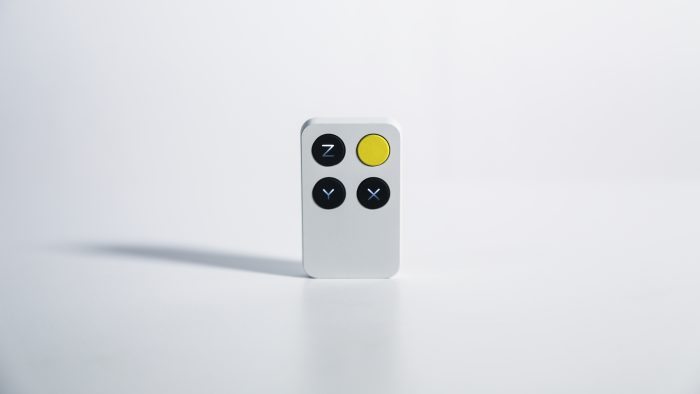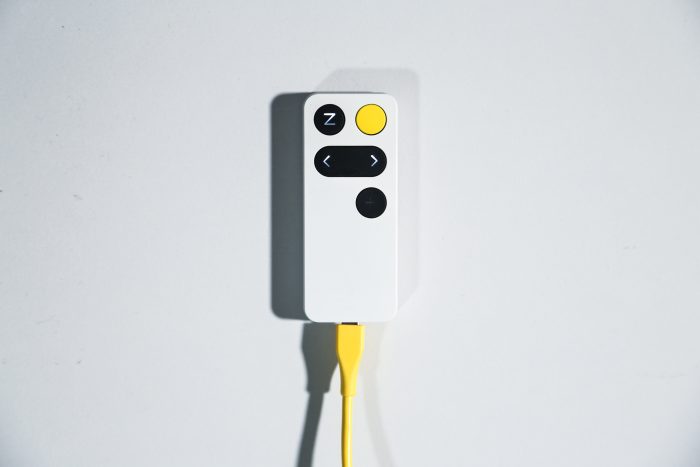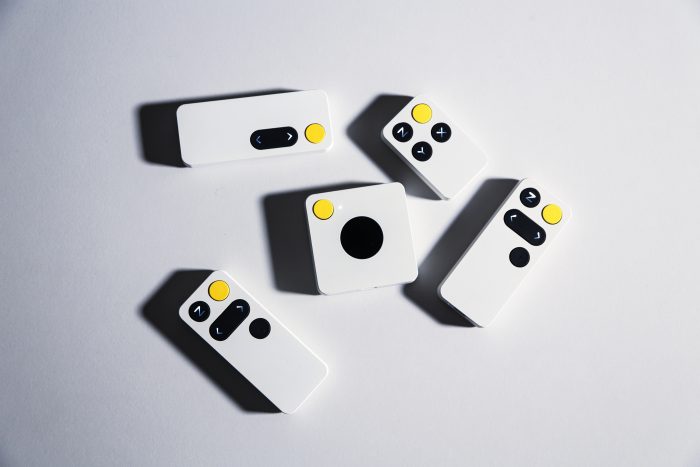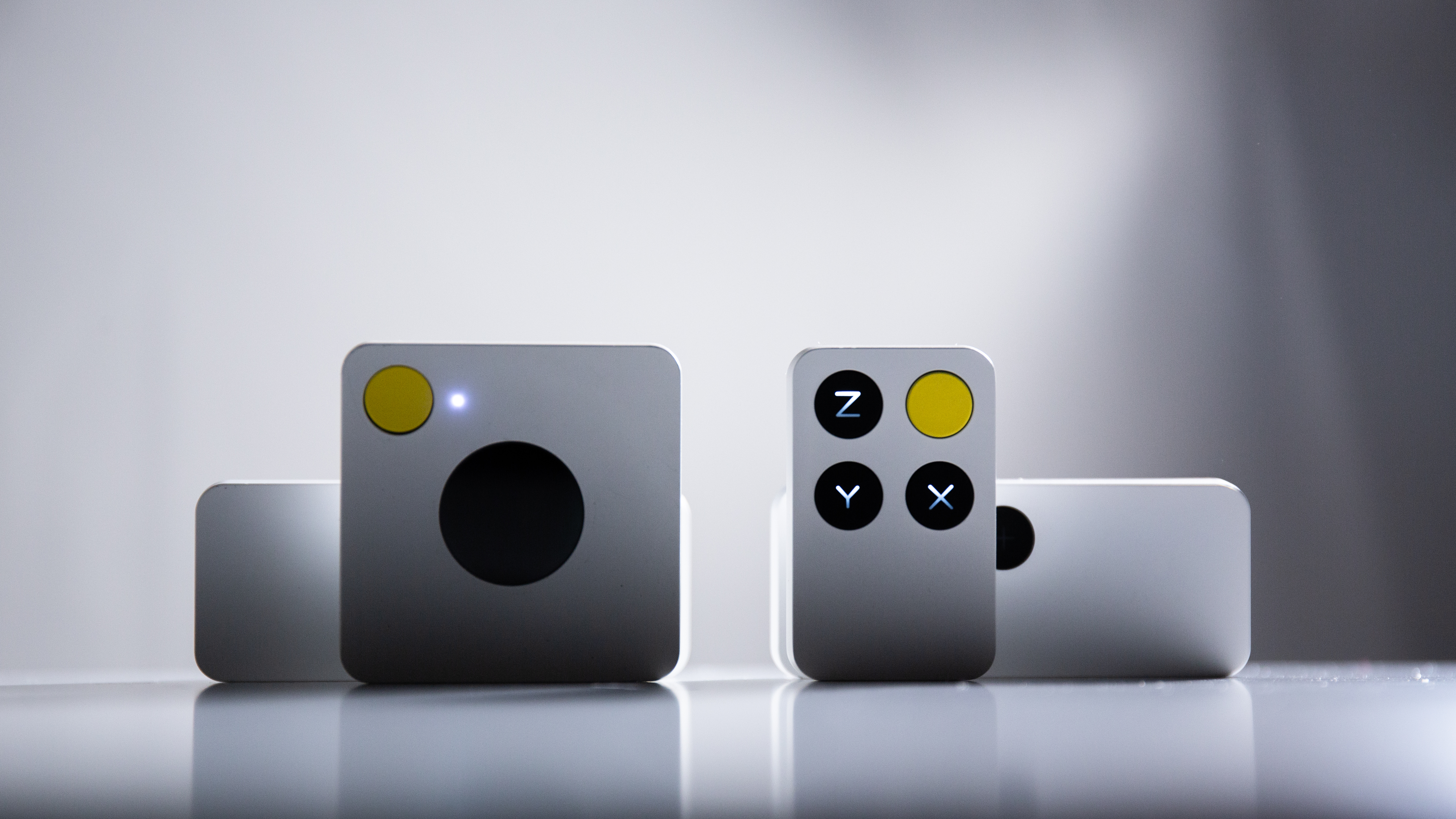OWOW’s controllers make playing MIDI more fun than ever (Review)
These MIDI controllers will leave you saying ‘O WOW’ by re-inventing the way you play with digital music.
The awesome team over at OWOW, based in the Netherlands sent us a selection of the MIDI controllers to take for a test drive to see what our thoughts were.
As an avid Ableton Live user, I regularly use a variety of MIDI keyboards and drum pads to input MIDI data, so it was interesting to see OWOWs take on exploring the world of gestures and movement by implementing various sensors and turning these signals into a usable performance tool.
Wob – Wave Motion Midi Controller
The Wob has an infra-red distance tracking sensor that tracks your hands distance from the sensor and turns this gesture into MIDI data.
This ‘hands-free’ approach to inputting information into your DAW is fun to play around with as you can move your hand up and down above the sensor or remove your hand from above the sensor and replace it at a smaller or larger distance to obtain different results.
Wiggle – Three dimensional MIDI controller
The Wiggle is a handheld device operated by, twisting, tilting and turning it around its X, Y & Z axis and turns these gestures into MIDI data. These axis can be switched on and off using the devices axis on-off switches.
This device was interesting to experiment with as the 3 different axis will detect your movement and allows you to explore all ranges of physical motion.

Drum – Airdrum MIDI controller
The Drum is a handheld device that can trigger four different velocity-sensitive MIDI notes by flicking the instrument up, down, left and right. You can press the left or right button to select the next or previous note and turn the Z axis on or off at the touch of a button. It also has an extra mappable button that could be used for starting a recording or triggering a loop.
The Drum controllers were perfect for playing percussion and the velocity sensitivity is a great way of getting that ‘human’ feel into the percussion performance.

Scan – Sketch scanning MIDI controller
The Scan works by moving the device over visual information, such as images, lines and dots drawn on paper and turns this visual information into MIDI data. It also has up and down buttons to move between octaves or bend the pitch of your sound.
This seemed to be the most experimental of the devices and allows for a great amount of creativity to flourish as it allows you to draw series of patterns, sequences and shapes to get some really unexpected results.
These controllers are a fun and exciting way to make music without the need to play a traditional instrument. One of the things I really took away from experimenting with these devices is the ability to really get that ‘human element’ into an electronic music performance.
This can make music performance and production accessible to people of all ages and backgrounds, with no prior musical training.

They are relatively small form factor makes them great for portability and are comfortable in the hand. The software on macOS was simple and easy to use and the depth of customisation for each of the parameters allows for great personalisation of the performance experience and allows the performer to allocate the boundaries in which they’d like to work in. This makes these instruments extremely versatile with a large scope for experimentation.
In a world where we see laptop DJs, producers and performers turning knobs and hitting pads, it’s great to get other forms of movement into a performance. Not only is the process enjoyable for the person making the music, but it’s interesting to watch a performer exploring and incorporating these movements into their music production and performance.
Check out OWOW and see how to nab yourself some of these incredible little controllers yourself at: https://owow.io/
Written by Sam Wearne
